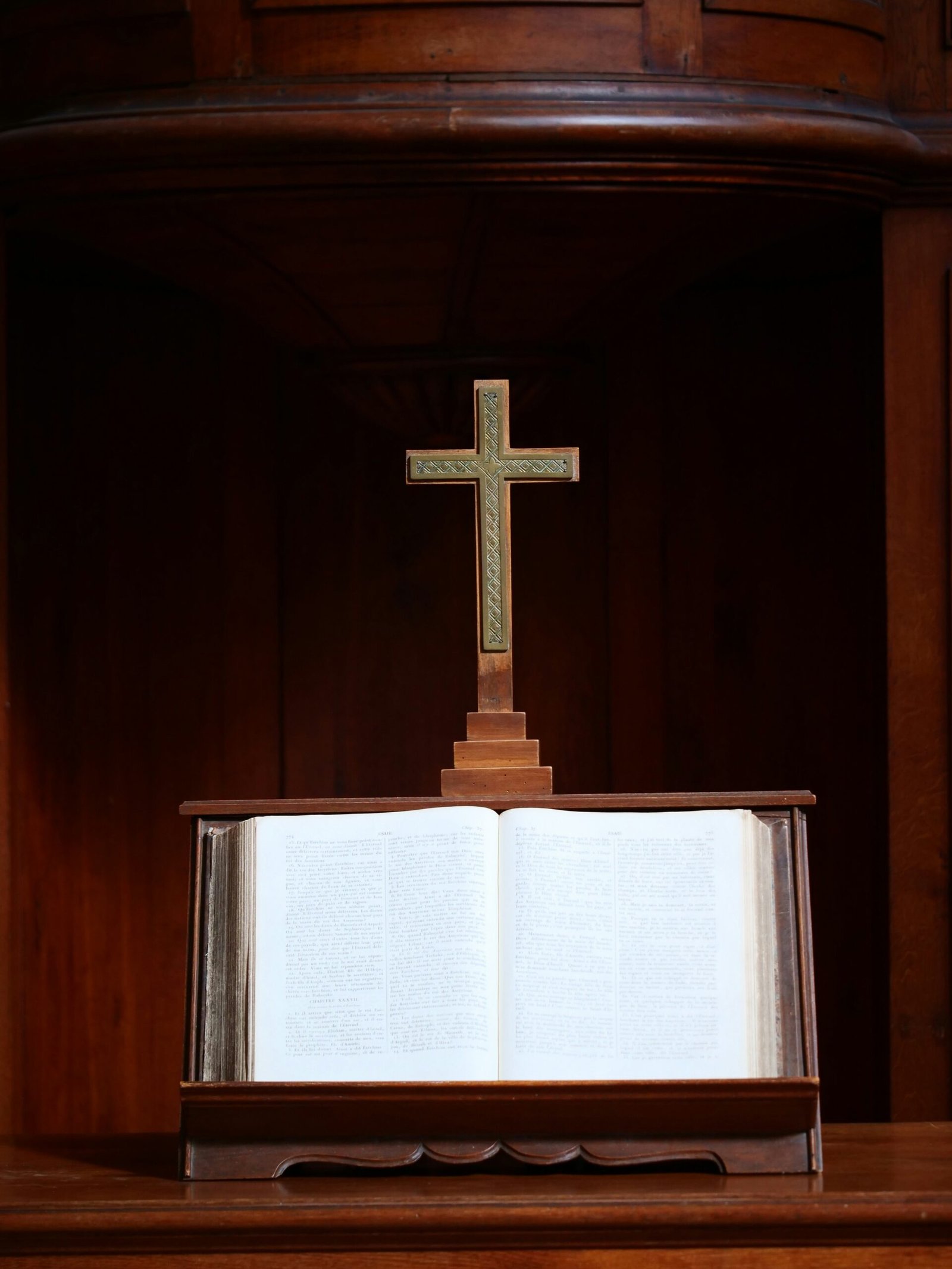Introduction to Hazrat Muhammad (SAW)
Hazrat Muhammad (SAW), revered as the final prophet in Islam, holds a paramount position in the religious and historical narrative of the Muslim world. Born in Mecca in 570 AD, his life and teachings have had a profound impact that continues to resonate across centuries. The Arabian Peninsula at the time of his birth was characterized by a polytheistic society with deep-rooted tribal conflicts and social inequalities.
Belonging to the noble tribe of Quraysh, Hazrat Muhammad (SAW) traced his lineage back to the esteemed family of Hashim. This lineage not only established his status within the Meccan society but also played a crucial role in the acceptance and spread of his message. From an early age, he exhibited traits of honesty and trustworthiness, which earned him the title ‘Al-Amin’, meaning ‘the trustworthy’. This reputation was significant in a society where such qualities were highly valued, further setting the stage for his future role as a spiritual and temporal leader.
His early life was marked by personal loss and hardship, including the death of his parents and grandfather. Orphaned at a young age, he was raised by his uncle, Abu Talib, who provided him with support and protection. Despite these challenges, Hazrat Muhammad (SAW) grew into a man of impeccable character, known for his fairness and wisdom. His integrity and moral conduct were such that people often sought his advice and mediation in disputes.
The socio-political landscape of the Arabian Peninsula during his time was one of great turmoil, with rampant idolatry, social injustice, and moral decline. It was within this context that Hazrat Muhammad (SAW) received his first revelation from Allah at the age of 40, marking the beginning of his prophetic mission. This mission would ultimately lead to the unification of the Arabian tribes under the banner of Islam and the establishment of a new socio-religious order based on the principles of monotheism, justice, and compassion.
Revelation and Prophethood
At the age of 40, Hazrat Muhammad (SAW) experienced a life-altering moment that marked the beginning of his prophethood. This pivotal event occurred in the Cave of Hira, a secluded location on the outskirts of Mecca, where he often retreated for contemplation and reflection. During one of these retreats, the Angel Jibril (Gabriel) appeared before him and delivered the first revelation from Allah. Overwhelmed by the divine encounter, the Prophet Muhammad (SAW) initially reacted with fear and uncertainty, seeking solace in the comfort of his wife, Khadijah (RA), who reassured him of his noble character and steadfastness.
The early years of his prophethood were marked by significant challenges. As he began to preach the message of monotheism, social justice, and compassion, he faced staunch opposition from the leaders of Mecca, who saw his teachings as a threat to their socio-economic status and polytheistic traditions. The nascent Muslim community, comprising a small group of followers, endured severe persecution. Despite the hardships, the Prophet unwaveringly continued to convey the divine message, emphasizing the oneness of Allah and advocating for the rights of the marginalized and oppressed.
Hazrat Muhammad’s (SAW) message centered on the principles of Tawhid (the oneness of Allah), which called for the abandonment of idolatry and the worship of a single, omnipotent Creator. Alongside monotheism, he championed social justice, urging the affluent to support the needy, uphold justice, and live lives of integrity and compassion. These teachings resonated with the impoverished and disenfranchised, gradually expanding the circle of early Muslims.
Despite the relentless opposition, Hazrat Muhammad (SAW) remained resolute in his mission. His unwavering dedication to the principles of monotheism, social justice, and compassion laid the foundation for the transformative impact of Islam. This period of revelation and initial struggle is a testament to his enduring commitment to the divine mandate and the betterment of humanity.
Migration to Medina and Establishment of the Islamic Community
The Hijra, or migration to Medina, stands as a pivotal moment in Islamic history. Hazrat Muhammad (SAW) and his followers faced increasing persecution in Mecca, prompting the decision to relocate. This migration was not merely an escape from oppression but a strategic move to establish a new, cohesive Islamic community. Upon arrival in Medina, the Prophet (SAW) undertook the monumental task of uniting the city’s diverse tribes, who had been embroiled in longstanding conflicts.
One of the first significant actions taken by Hazrat Muhammad (SAW) was the drafting of the Constitution of Medina. This document was revolutionary, laying the groundwork for a pluralistic society where Muslims, Jews, and other tribes could coexist peacefully. It established principles of mutual defense, religious freedom, and justice, creating a unified community under the leadership of the Prophet (SAW).
The establishment of the first Islamic state in Medina also marked the beginning of significant military engagements that would shape the future of Islam. Among these were the battles of Badr, Uhud, and the Trench. The Battle of Badr, in particular, was a turning point, showcasing the newfound strength and unity of the Muslim community. Despite being outnumbered, the Muslims’ victory bolstered their position and demonstrated divine support.
The Battle of Uhud, although a setback, served as a crucial learning experience, reinforcing the need for discipline and unwavering faith. The Battle of the Trench, marked by strategic ingenuity, further solidified the Muslim community’s resilience against formidable odds. These events, under the Prophet’s (SAW) leadership, not only strengthened the Muslim community but also established Medina as the heart of the Islamic state.
In essence, the migration to Medina was more than a geographical shift; it was the foundation of an Islamic society characterized by unity, resilience, and a commitment to justice. Hazrat Muhammad’s (SAW) vision and leadership during this period were instrumental in shaping the nascent Muslim community, setting a precedent for future generations.
Legacy and Teachings of Hazrat Muhammad (SAW)
Hazrat Muhammad (SAW) left an indelible mark on history through his profound teachings and exemplary life. His legacy is intricately woven with the spread of Islam, which has grown to become one of the world’s major religions. The life and message of Hazrat Muhammad (SAW) continue to inspire millions of Muslims globally, emphasizing the core values of moral conduct, compassion, and justice.
One of the cornerstones of his teachings is the Quran, regarded as the ultimate source of guidance for Muslims. Alongside the Quran, the Hadith—collections of sayings and actions of the Prophet—serve as essential references for understanding and implementing Islamic principles. Through these sources, Hazrat Muhammad (SAW) provided a comprehensive framework for living a life in accordance with divine will, covering aspects from personal ethics to social justice.
Hazrat Muhammad (SAW) is also venerated as a paragon of leadership. His life exemplifies a blend of strength and gentleness, showing that true leadership entails empathy, fairness, and humility. His dealings with people from diverse backgrounds, including non-Muslims, were marked by respect and justice, setting a high standard for interfaith and interpersonal relations.
The concept of the ‘Seal of the Prophets’ is central to Islamic belief, affirming that Muhammad (SAW) is the final prophet sent by Allah. This doctrine underscores the completeness of the message conveyed through him, as well as its enduring relevance. For Muslims, acknowledging Muhammad (SAW) as the last prophet reinforces the importance of adhering to his teachings as the definitive guide to a righteous life.
The enduring impact of Hazrat Muhammad (SAW) is evident not only in religious practices but also in the cultural and social values prevalent in Muslim societies. His emphasis on justice, compassion, and ethical behavior continues to shape the lives of believers, encouraging them to strive for excellence in all facets of life. Through his teachings, Hazrat Muhammad (SAW) remains a beacon of guidance, illuminating the path for generations to come.


